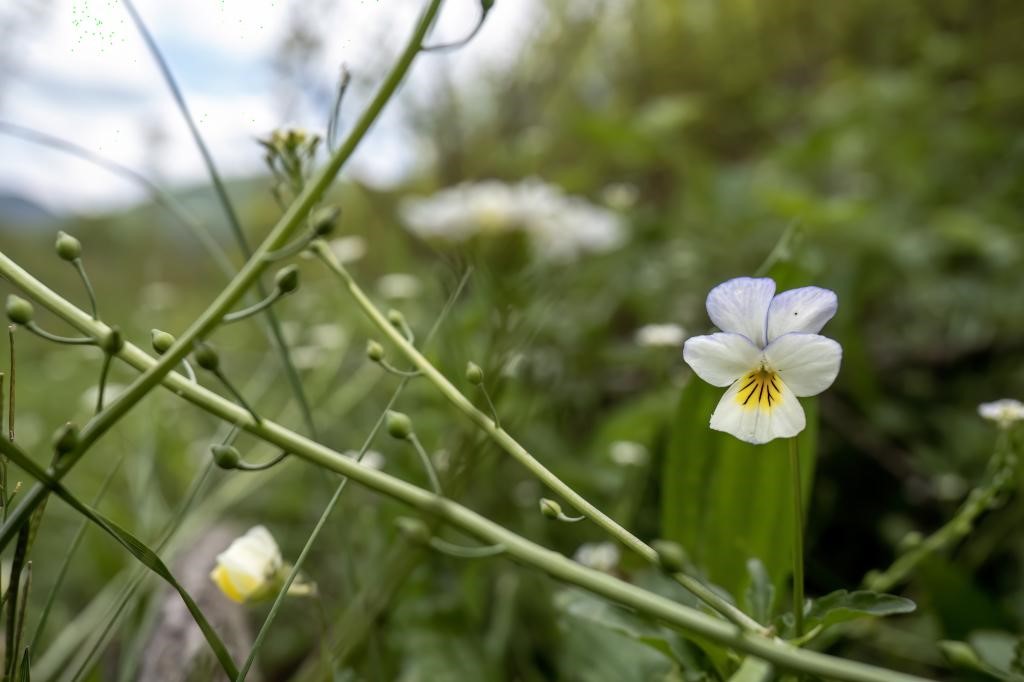





Disclaimer: Copyright infringement not intended.
Context
Viola arvensis
Recent Research
|
Resurrection ecology (RE) Resurrection ecology (RE) provides science with living historic organisms (as opposed to, e.g., museum specimens or fossil DNA) that can be raised in laboratory or semi‐laboratory (e.g., experimental plots) conditions in order to characterize phenotypic evolution and the underlying genetic architecture, using temporal snapshots of the same population with the same genetic background. Convergent Evolution Convergent evolution is the independent evolution of similar features in species of different periods or epochs in time. Convergent evolution creates analogous structures that have similar form or function but were not present in the last common ancestor of those groups. The cladistic term for the same phenomenon is homoplasy. The recurrent evolution of flight is a classic example, as flying insects, birds, pterosaurs, and bats have independently evolved the useful capacity of flight. Functionally similar features that have arisen through convergent evolution are analogous, whereas homologous structures or traits have a common origin but can have dissimilar functions. Bird, bat, and pterosaur wings are analogous structures, but their forelimbs are homologous, sharing an ancestral state despite serving different functions. The opposite of convergence is divergent evolution, where related species evolve different traits. Convergent evolution is similar to parallel evolution, which occurs when two independent species evolve in the same direction and thus independently acquire similar characteristics; for instance, gliding frogs have evolved in parallel from multiple types of tree frog. Many instances of convergent evolution are known in plants, including the repeated development of C4 photosynthesis, seed dispersal by fleshy fruits adapted to be eaten by animals, and carnivory. Convergent evolution is also observed in non-biological structures. |
|
PRACTICE QUESTION Q. What do you understand by the concept of Resurrection Ecology? Explain. Give a comparative analysis of Convergent and Divergent Evolution. |







© 2025 iasgyan. All right reserved